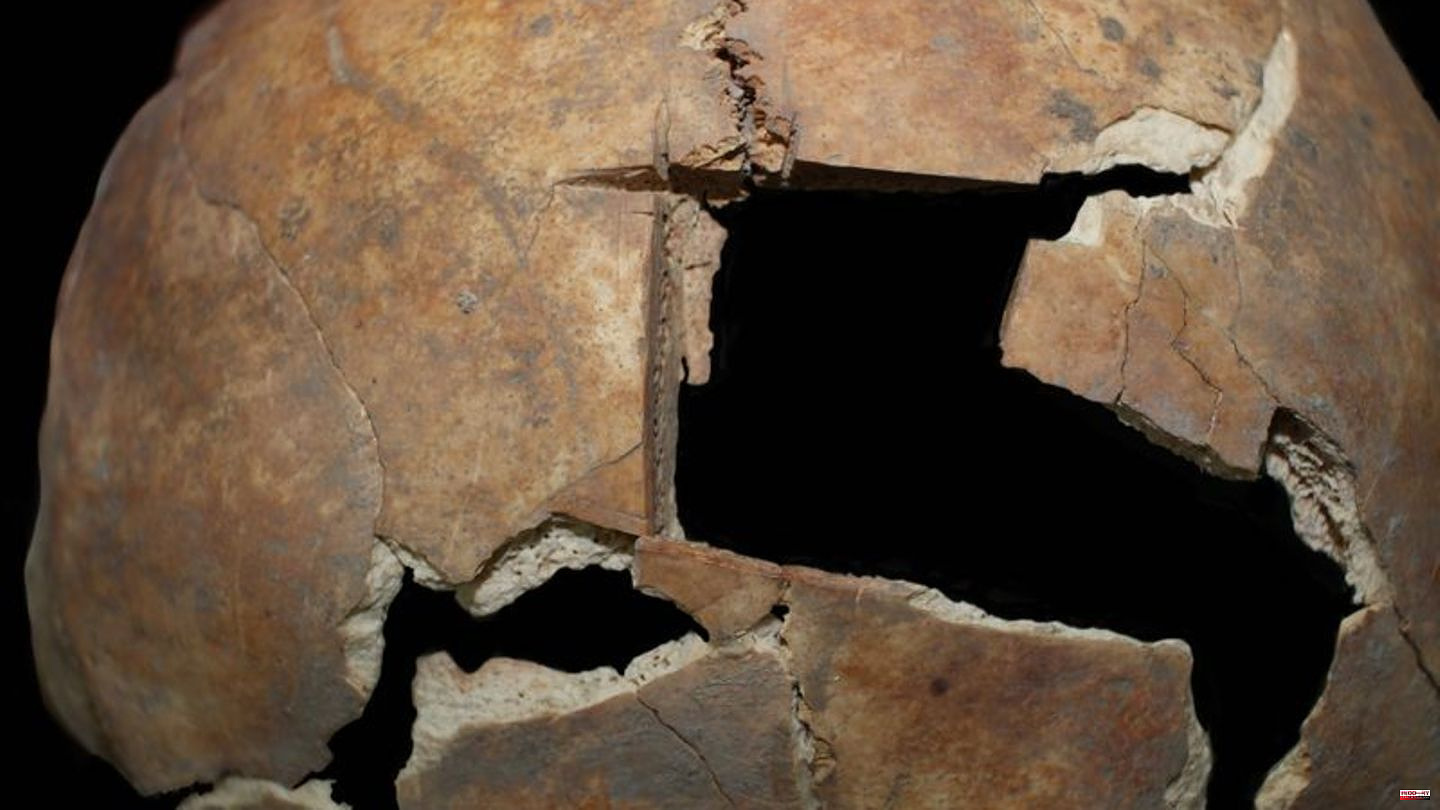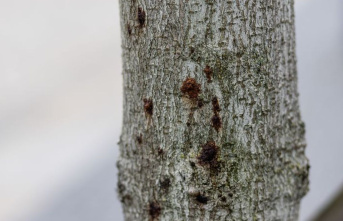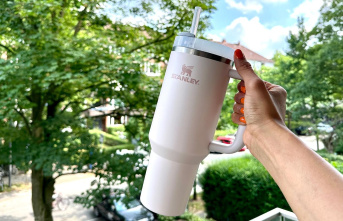According to a study, people in the eastern Mediterranean were already being operated on in the late Bronze Age. Remains at the Tel Megiddo archaeological site in Israel indicate that so-called trepanations were already being carried out in the region at the time, a research team reports in the journal PLOS ONE.
This is a medical procedure that involves cutting a hole in the skull. A craniotomy, a similar method, is still used today to gain access to the brain, for example in the case of brain tumors or increased intracranial pressure.
Piece of bone surgically removed
The research team led by Rachel Kalisher from Brown University in Providence (USA, Rhode Island) had examined the remains of two upper-class men who lived around 1500 years before Christ and were very likely brothers. According to this, one of the two had a square hole about three centimeters in size in the frontal bone of the skull.
The piece of bone was probably surgically removed. According to bone analysis, both brothers had been seriously ill for a long time. One died as an older teenager or in his early 20s, the other between the ages of 21 and 46. They may have succumbed to an infectious disease such as tuberculosis or leprosy.
Remains of high-quality food and fine ceramic vessels were found in the grave of the two men, as the scientists report. This suggests that they belonged to the upper class and that despite their illness they were not excluded. "This is an important case study for further exploring the intersection of status, disease and treatment in societies over time," it said.
Not a good outcome for the patient
The research team believes the surgery may have been an intervention in declining health. However, the lack of bone healing indicates that the man died during or shortly after the operation.
Kalisher explained that there are only a few finds in the Middle East that suggest trepanations at the time. It is also unclear why some of the holes are round - which indicates the use of a kind of drill - while others are square or triangular. It is therefore also unknown which diseases should be treated in this way.












